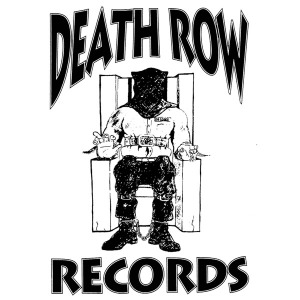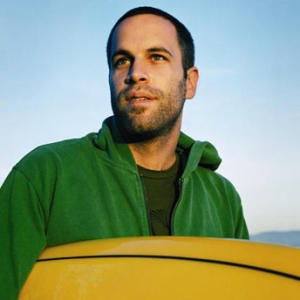It’s official… one of the biggest players at the forefront of the 1990’s Gangsta Rap movement has flatlined. In 1991, Dr. Dre and Suge Knight came together to form what was to be one of the most influential record labels of the time and genre in Death Row. Death Row not only launched Dr. Dre’s The Chronic, arguably one of the most important albums of the genre, but also provided the starting point for Snoop Dogg, Tha Dogg Pound (Daz and Kurupt) and 2Pac‘s All Eyez on Me…a bounty for Death Row bailing Pac out of jail. At its peak, Death Row was the undisputed heavyweight when it came to Gangsta Rap.
Over the years, Death Row sold over 50 million units and banked somewhere in the range of 750 million dollars. However, after 1997, the majority of all of this profit was from the ownership of the master recordings from 2Pac, Dre and Snoop, and the company had grown stagnant in regards to new material. Further escalating their issues was the fact that Suge Knight, basically power hungry and still feeling like he owned the world, continued to alienate rappers and fans and failed to produce anything that could follow the success of Death Row’s formative years.
In addition, of the hundreds of millions of dollars Death Row produced, large portions were claimed in court lawsuits by people who provided start up money and were never given a share of the revenue This ended with Knight declaring bankruptcy (137M owed, only 4M in assets) and the record label was put up for auction Today, Death Row was purchased, masters and all for $24 million by Global Music Group. GMG dabbles in country, rock, R&B and now hip-hop and rap, as they have mentioned plans to sign new artists and release more vaulted 2Pac material. When you think about the kind of revenue that these masters are still producing today, $24 million for the entire catalog seems like a steal Of course, you’re not getting much in the way of brand name recognition because rap fan’s memories are about as long as a radio single these days, but there has to be some future value from the old masters
.
So, to Death Row Records, a leader in the changing face of rap music in the early 90s, Evolving Music wishes you a fond farewell, and a future with a global music conglomerate not unlike the major labels I deride on a regular basis.






